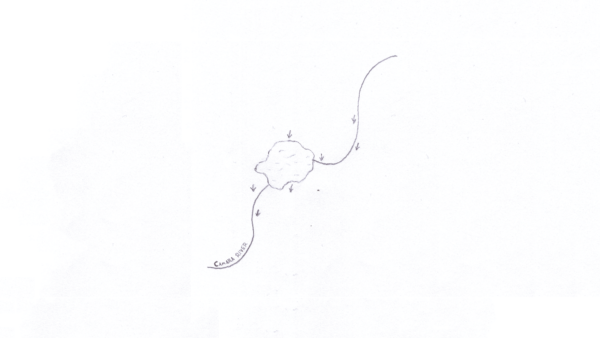Disclosure: This post may contain affiliate links, which means I may receive a small commission, at no cost to you, if you make a purchase through a link.
The Short Story of Art by Susie Hodge is a relatively short book summarizing the movements, the works, themes, and techniques of art throughout history.
It’s one of the best books on the topic I’ve read, and I would gladly recommend it to anyone seeking to gain a little bit of knowledge about art’s history – however, don’t expect to know every detail, or be able to write a term paper just from this book. After all, it is just a short story.
The book has around 200 pages, and I’d give it a 9/10.
You can buy The Short Story of Art on Amazon via my affiliate link.
The book begins with its own overview, describing each of the main chapters in a few paragraphs, and giving the reader a guide on how to use this book. In this one-page guide, the book explains its design. After that begins the first chapter, Movements.
Movements
It was this chapter that I personally enjoyed the most. The author goes through history, looking at movements, from the Prehistoric, all the way to Conceptualism. Each movement is on one page, which suits the book nicely, as it keeps the descriptions short. In addition to a description of the movement, there are also key locations/artists, a time in which the movement took place, a work made in that movement, and very short “key developments” part. There are also references to other chapters, which neatly ties the book together. All of the movements are explained well.
The Works
After almost 40 movements comes the biggest chapter of the book, The Works. This chapter takes up about half of the book, and goes through some important works of art, in chronological order. Some of the previously mentioned movements are not present in the works, and some can be found multiple times, but I don’t think the book suffers from it.
Most of the works take up two pages, one displaying information about the piece, the other simply showing the work. In some cases, when the artwork is in a landscape format, and couldn’t be fit on one page, the first two pages are filled with information, and snippets of the work, while the next two contain the piece itself.
I like that, in the descriptions, the author explains the meaning of the piece in the context of its time, and its author, not just what we can see in the piece itself. There are also references to other works by the artist, some basic info about the piece (like size and used material), as well as a short description of the author of the work.
This chapter contains about 50 works.
Themes
Next up on the list are Themes. In this chapter, the author describes themes that keep re-emerging during the history of art – from animals, love, the unconscious, to movement and cityscapes. Once again, the themes are described in their contexts, making this chapter very interesting, as you can see why did the themes prevail for such a long time, and why did they emerge in some times more than in others.
Techniques
The last chapter of the book contains a list and descriptions of the techniques used to create artworks. This chapter was also very helpful because it showed me a variety of techniques I wasn’t aware of, such as underpainting, and clearly explained the ones I didn’t quite understand before, such as etching. To quote:
Dating from the beginning of the sixteenth century, etching uses acid, a metal plate, and a needle and ink to produce printed images.
Conclusion
The Short Story of Art was a great refresher on the history of art. It describes everything clearly, in a great writing style, and is a book that I’ll definitely keep in my bookshelf, referring to it every time I need to access information about this field of history.
For guides related to art, check out the Art tag!
Do you have any feedback or this review, or some book recommendations I should review? Let me know in the comments of this article!


